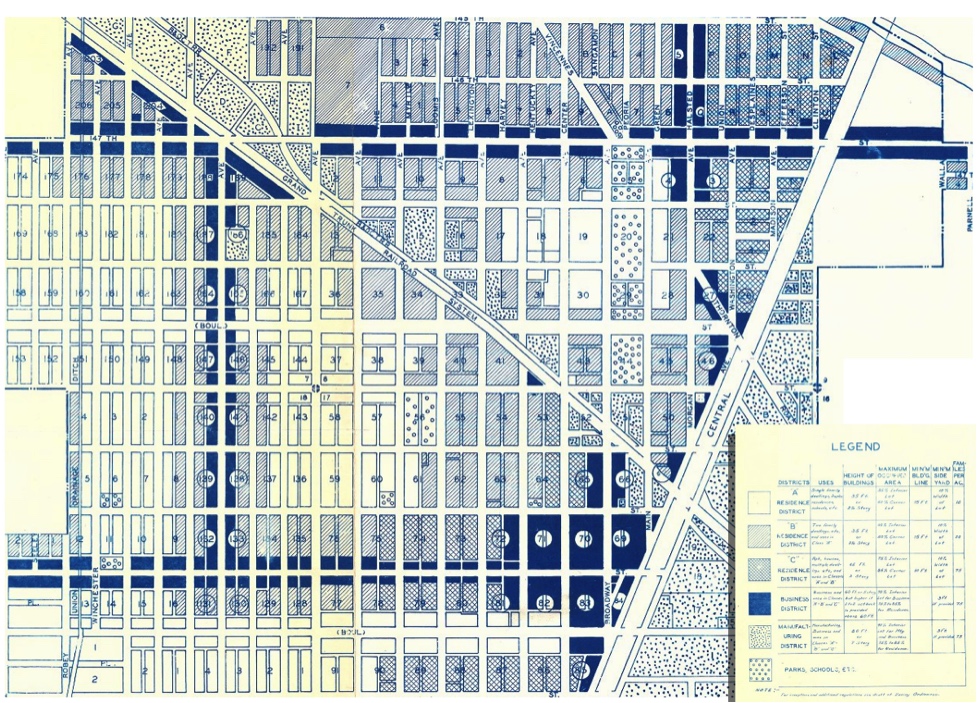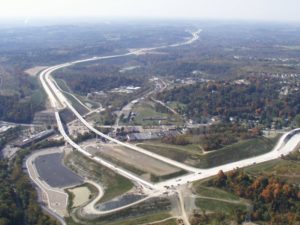
If zoning codes are the primary tool in a planner’s toolbox, that’s a problem. With the ratification of the Green Code, the City of Buffalo’s new, state-of-the-art “form-based” zoning code, this is a good time to examine the array of regulations that shape development and town planning, and ultimately our individual lives. In the first article of a new series, Strong Towns‘ Alexander Dukes recommends “a three part system” that offers a better way for planners to manage development and design cities. Dukes continues: “The urban environment is and always has been, planned…In most American towns and cities, the public has entrusted the design of the urban environment to civic planners organized into planning departments. The public acts as the “client” in this relationship while the planning department acts as the architect. To that purpose, planning departments design cities and towns through a system of plans and codes that regulate three key features of land development: “A thorough, detailed plan for municipal development will regulate all three of these features in a way that expresses the public consensus for how the town or city should develop. A vague plan will neglect one or two of these features, affording private interests the liberty to build outside of the public consensus. “In forthcoming articles for this series, I hope to explain in greater detail how ordinary citizens and government administrators can use a tripartite land regulation system to work better together toward the goal of a town well planned.”







